Home>Articles>Hot Brass Screw vs Silver Screw In A 2 Prong Electrical Cord
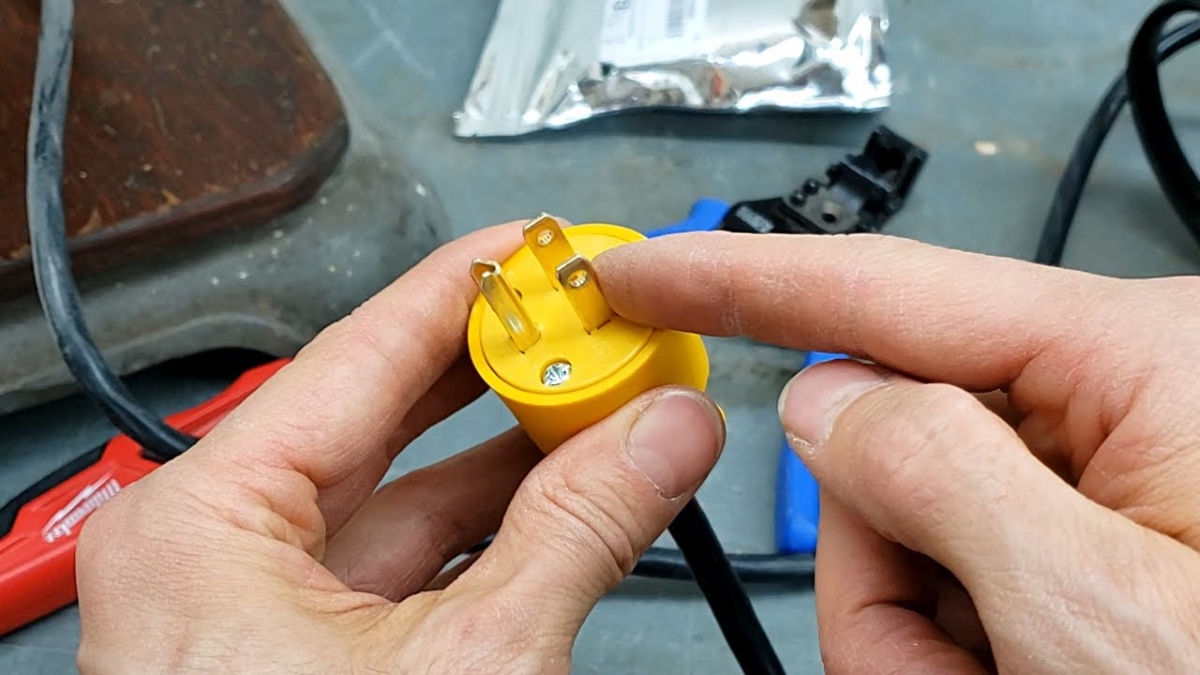

Articles
Hot Brass Screw vs Silver Screw In A 2 Prong Electrical Cord
Modified: March 1, 2024
Get expert advice on articles about 2 prong electrical cords and learn whether the hot brass screw or the silver screw is better for your needs.
(Many of the links in this article redirect to a specific reviewed product. Your purchase of these products through affiliate links helps to generate commission for Storables.com, at no extra cost. Learn more)
Introduction
When it comes to electrical cords, it’s essential to understand how they work and the different components that make them function safely and efficiently. One important aspect to consider is the type of prongs used in the cord’s plug. In particular, a 2 prong electrical cord is a common type found in many household appliances and devices.
In this article, we’ll delve into the world of 2 prong electrical cords and explore the significance of the hot brass screw and silver screw. These components play a crucial role in ensuring the proper flow of electricity and maintaining the safety of the electrical system.
Understanding how these screws function and choosing the right one for your specific needs is vital to prevent electrical hazards and ensure the longevity of your appliances. So, let’s dive in and uncover the key differences between the hot brass screw and the silver screw in a 2 prong electrical cord.
Key Takeaways:
- Understanding the significance of the hot brass screw and silver screw in a 2 prong electrical cord is crucial for establishing a safe and efficient electrical connection, ensuring proper flow of electricity, and preventing electrical hazards.
- Prioritizing safety, functionality, and compliance with local regulations when choosing between the hot brass screw and silver screw in a 2 prong electrical cord is essential. Factors such as electrical code compliance, appliance requirements, electrical load, corrosion resistance, and personal preference should be considered to make an informed decision.
Understanding a 2 Prong Electrical Cord
A 2 prong electrical cord, also known as a two-wire cord, is a type of power cord that is commonly used for smaller appliances and electronic devices. Unlike a 3 prong cord which includes a grounding wire, a 2 prong cord consists of two wires – a hot wire and a neutral wire.
The hot wire, typically colored black or red, carries the electrical current from the power source to the device, while the neutral wire, often colored white or gray, carries the current back to the power source. These wires are encased in a protective sheath, ensuring safety and preventing electrical shocks.
One of the key components of a 2 prong electrical cord is the plug, which is designed to connect the cord to the power outlet. The plug consists of two prongs that match the slots on the outlet. These prongs are responsible for establishing the electrical connection and enabling the flow of electricity.
Now that we have a basic understanding of the 2 prong electrical cord, let’s explore the significance of the hot brass screw and the silver screw in this type of cord.
Hot Brass Screw vs Silver Screw: What’s the Difference?
In a 2 prong electrical cord, the hot brass screw and the silver screw serve as the connection points inside the plug. These screws are crucial for establishing a secure and proper electrical connection between the cord and the power outlet.
The hot brass screw, as the name suggests, is made of brass and is typically colored gold or brass. It is connected to the hot wire of the cord, which carries the electrical current. The hot brass screw is responsible for transferring this current from the cord to the device, allowing it to function. It is important to note that the hot brass screw should always be connected to the smaller of the two slots on the power outlet.
On the other hand, the silver screw is made of silver and is connected to the neutral wire of the cord. The neutral wire carries the current back to the power source. The silver screw ensures a safe return path for the electrical current, completing the circuit. It should be connected to the larger slot on the power outlet.
So, how do you determine which screw is the hot brass screw and which one is the silver screw? One simple way is to refer to the markings on the plug. The hot brass screw is usually marked with an “H” or a “+” symbol, while the silver screw is marked with an “N” or a “-” symbol. Always consult the manufacturer’s instructions or the labeling on the plug to verify the correct placement of these screws.
It is important to note that the functionality of the hot brass screw and the silver screw is the same regardless of their respective materials or color. Both screws play a vital role in facilitating the proper flow of electricity and maintaining the integrity of the electrical system.
Now that we have a clear understanding of the hot brass screw and the silver screw, let’s explore the factors to consider when choosing between them in a 2 prong electrical cord.
When wiring a 2 prong electrical cord, the hot wire (usually black) should be connected to the brass screw and the neutral wire (usually white) should be connected to the silver screw. Always make sure to turn off the power before working on electrical connections.
Factors to Consider When Choosing Between Hot Brass Screw and Silver Screw
When it comes to choosing between the hot brass screw and the silver screw in a 2 prong electrical cord, there are several factors to consider. These factors can help you ensure the safety and functionality of your electrical system, as well as the compatibility with your specific appliance or device.
1. Electrical Code Compliance: It is essential to check your local electrical code requirements. Some jurisdictions may have specific regulations regarding the use of hot brass screws or silver screws in certain applications. Compliance with these codes will help ensure safety and prevent any legal issues.
2. Appliance Requirements: Different appliances may have specific recommendations for the type of screw to use. Consult the manufacturer’s instructions or documentation to determine if they have any specific recommendations for either the hot brass screw or the silver screw. Following these guidelines will help ensure optimal performance and safety.
3. Electrical Load: Consider the electrical load of the appliance or device you are connecting to the 2 prong electrical cord. Higher-powered devices may require a more secure connection, which could be achieved with the hot brass screw. However, for low-power devices, the silver screw may be sufficient.
4. Corrosion Resistance: Brass is known for its corrosion-resistant properties, making the hot brass screw a better choice in environments where moisture or humidity is a concern. On the other hand, silver screws may be more prone to corrosion over time.
5. Personal Preference: In some cases, personal preference may play a role in choosing between the hot brass screw and the silver screw. Consider factors such as aesthetics, ease of installation, and familiarity.
Ultimately, the choice between the hot brass screw and the silver screw will depend on a combination of the factors mentioned above. It is crucial to prioritize safety, functionality, and compliance with local regulations when making your decision.
Regardless of which screw you choose, always ensure a secure connection and follow proper installation procedures to minimize any potential risks.
Now that we have explored the factors to consider, let’s move on to discuss some safety precautions when working with a 2 prong electrical cord.
Safety Precautions for Working with a 2 Prong Electrical Cord
Working with electricity requires utmost care and attention to ensure personal safety and prevent electrical accidents. When dealing with a 2 prong electrical cord, it is crucial to follow these safety precautions to minimize the risk of injury or damage:
1. Power Off: Before handling the electrical cord, always ensure that the power is switched off at the outlet or circuit breaker. This will prevent any accidental electric shocks while working on the cord.
2. Inspect the Cord: Regularly inspect the 2 prong electrical cord for any signs of damage, such as frayed wires, exposed conductors, or damaged insulation. If any issues are found, immediately stop using the cord and replace it to avoid potential electrical hazards.
3. Proper Handling: When unplugging the electrical cord, always grip the plug itself rather than pulling on the cord. Pulling on the cord can strain the internal wiring connections and lead to damage or electrical shorts.
4. Avoid Overloading: Do not overload the electrical cord by plugging in too many devices or appliances. Each electrical cord has a maximum amperage rating, and exceeding this rating can result in overheating, which may lead to fires or equipment damage.
5. Secure Connections: Ensure that the hot brass screw and the silver screw are securely tightened in their respective slots in the plug. Loose connections can cause electrical arcing, overheating, and increased risk of electrical accidents.
6. Grounding Considerations: It’s important to note that a 2 prong electrical cord does not include a grounding wire. If you are working with an appliance that requires grounding for safety purposes, consider using a 3 prong cord or consult a qualified electrician for proper installation.
7. Qualified Assistance: If you are unsure about any electrical work or repairs involving a 2 prong electrical cord, it is always best to seek the assistance of a qualified electrician. They have the knowledge and expertise to handle electrical installations and repairs safely and effectively.
Remember, safety should always be the top priority when working with electricity. By following these safety precautions, you can minimize the risk of electrical accidents and ensure a safe working environment.
Now, let’s wrap up our discussion on 2 prong electrical cords
Conclusion
2 prong electrical cords are a common type of power cord used in many household appliances and electronic devices. Understanding their components, such as the hot brass screw and silver screw, is essential for ensuring a safe and efficient electrical connection.
The hot brass screw, connected to the hot wire, and the silver screw, connected to the neutral wire, play crucial roles in establishing the electrical connection and facilitating the flow of electricity. Choosing between these screws involves considering factors such as electrical code compliance, appliance requirements, electrical load, corrosion resistance, and personal preference.
When working with a 2 prong electrical cord, it is important to follow safety precautions to minimize the risk of electrical accidents. These precautions include powering off the cord, inspecting it for damages, proper handling, avoiding overloading, securing connections, and seeking qualified assistance when needed.
By understanding the components and following safety precautions, you can ensure the safety and functionality of your electrical system while using 2 prong electrical cords.
Remember, if you are unsure or uncomfortable working with electrical systems, it is always best to consult with a qualified electrician who can provide professional guidance and assistance.
In conclusion, a solid understanding of 2 prong electrical cords, including the hot brass screw and silver screw, along with adherence to proper safety practices, will help you maintain a safe and reliable electrical system in your home or workspace.
Frequently Asked Questions about Hot Brass Screw Vs Silver Screw In A 2 Prong Electrical Cord
Was this page helpful?
At Storables.com, we guarantee accurate and reliable information. Our content, validated by Expert Board Contributors, is crafted following stringent Editorial Policies. We're committed to providing you with well-researched, expert-backed insights for all your informational needs.
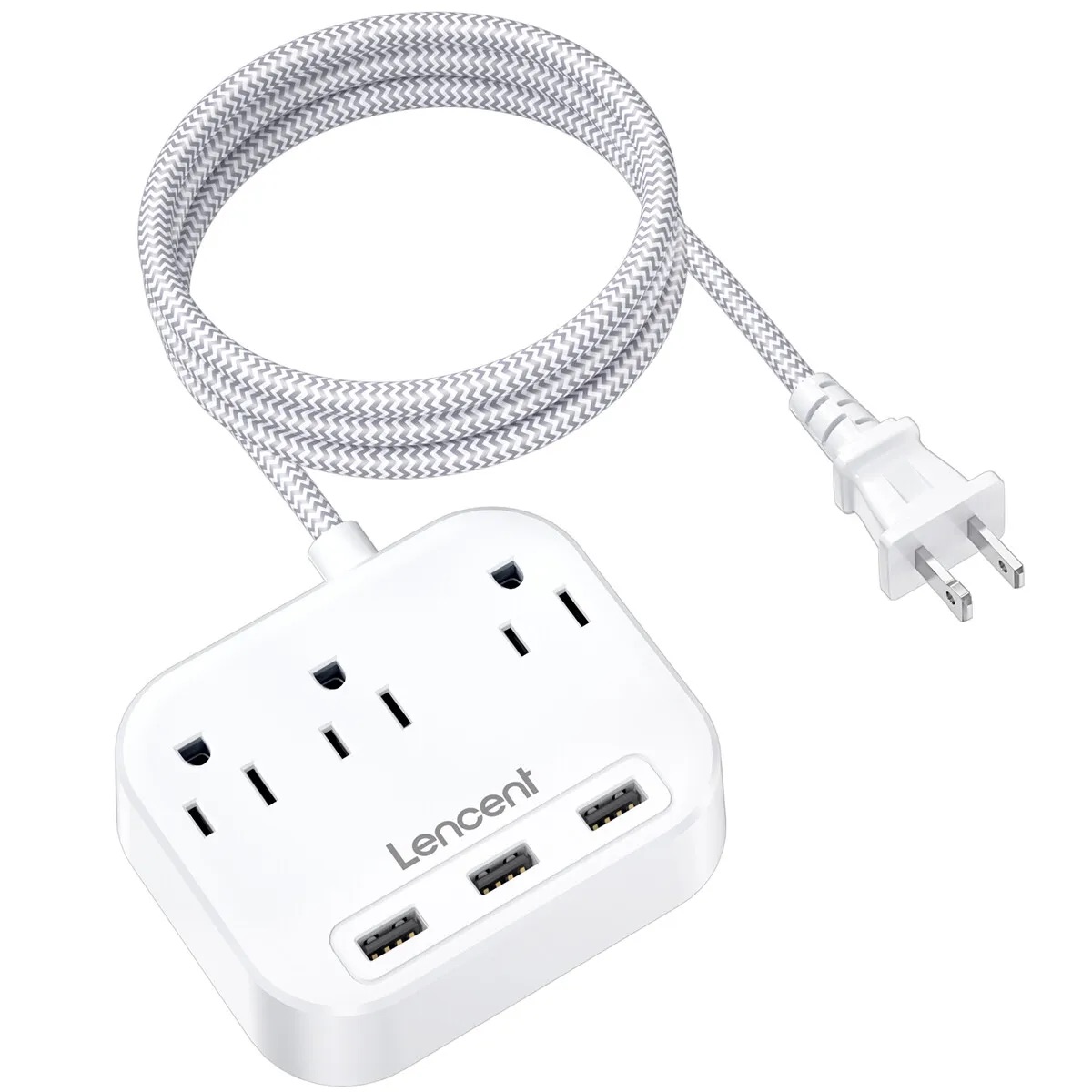
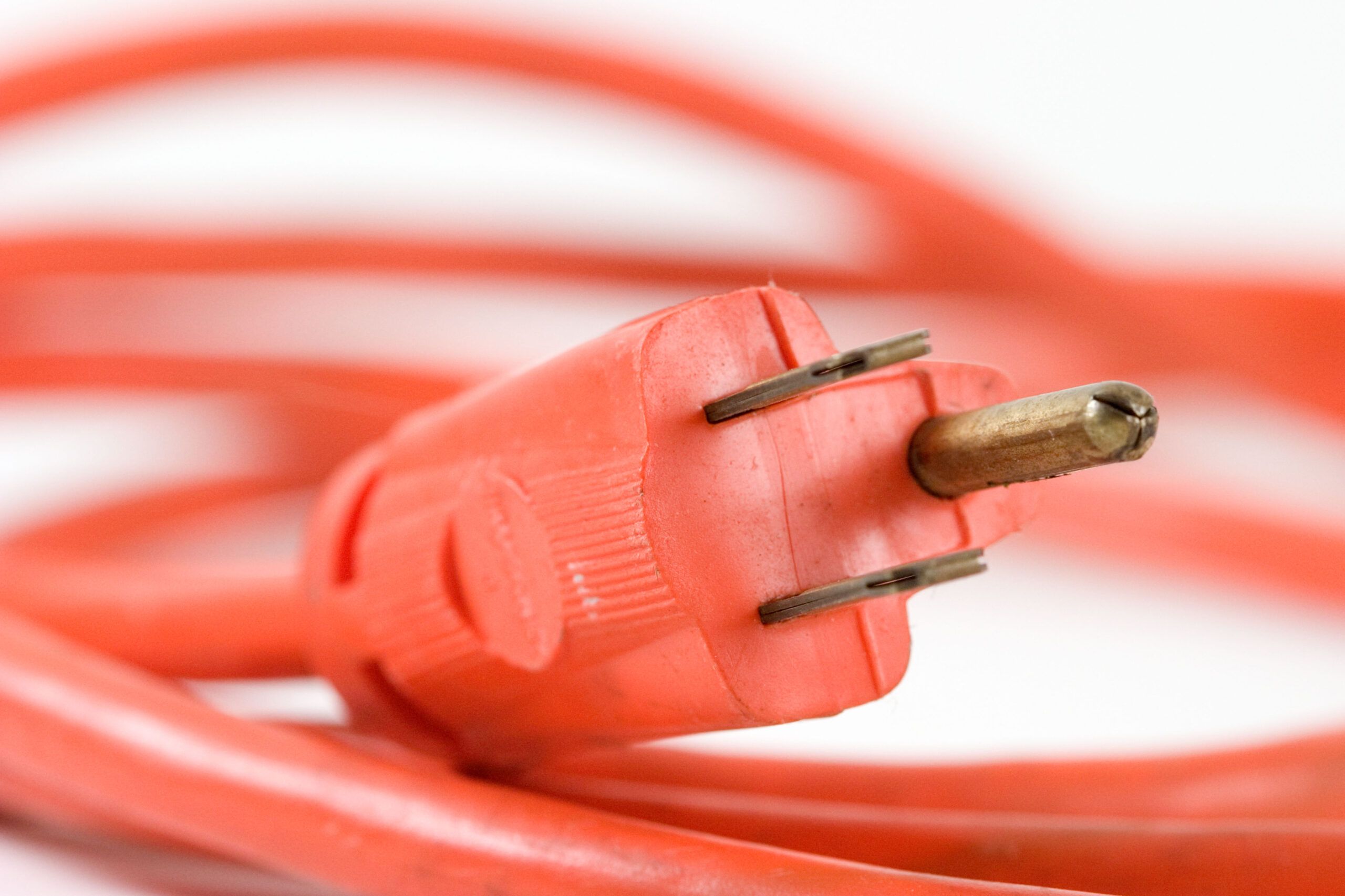
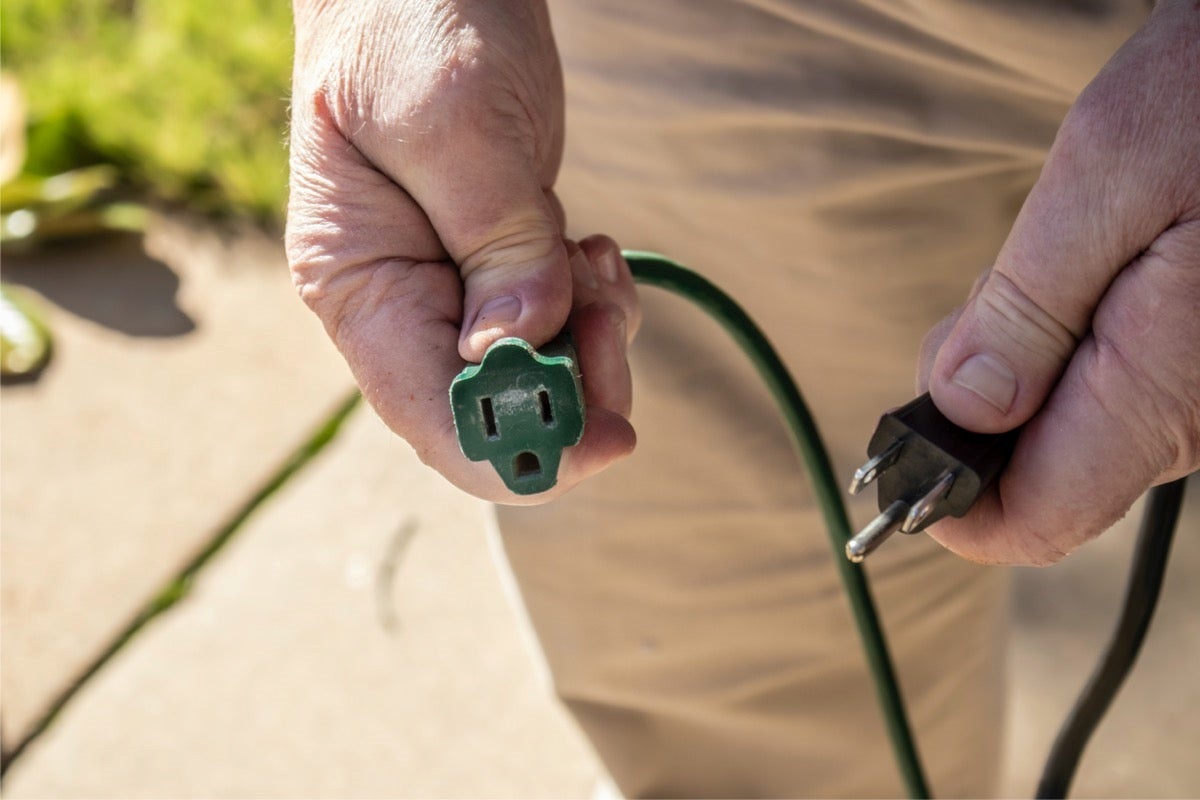
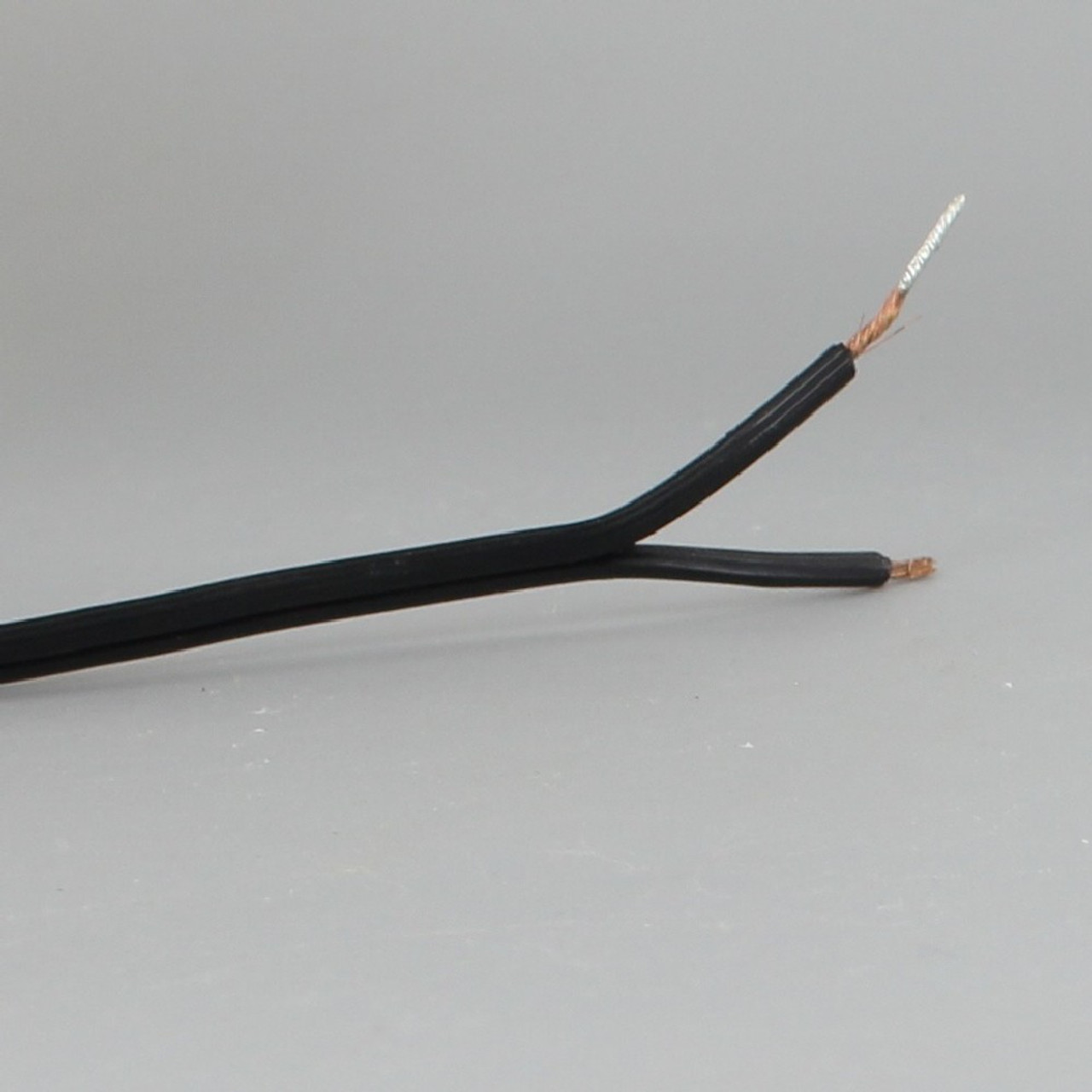
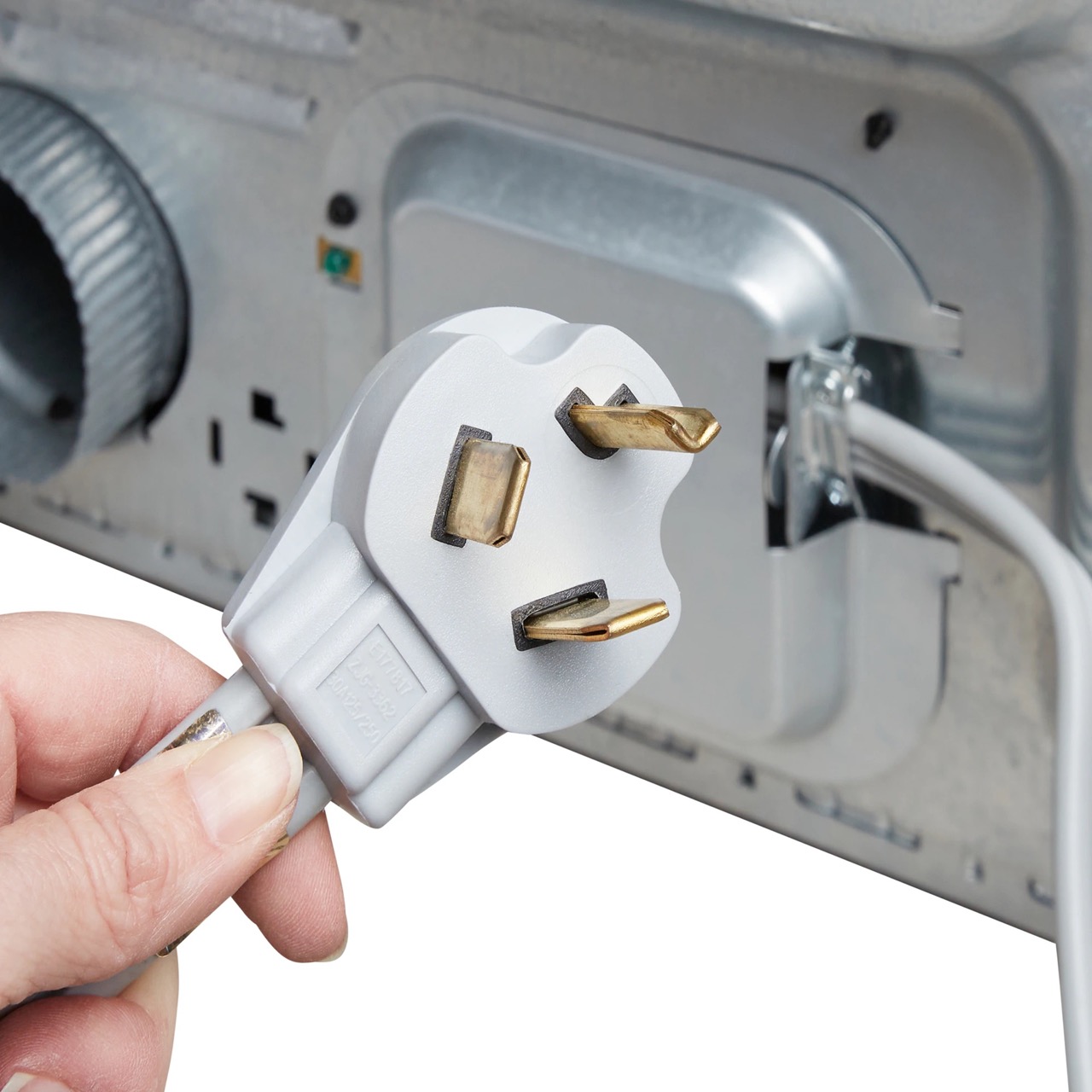
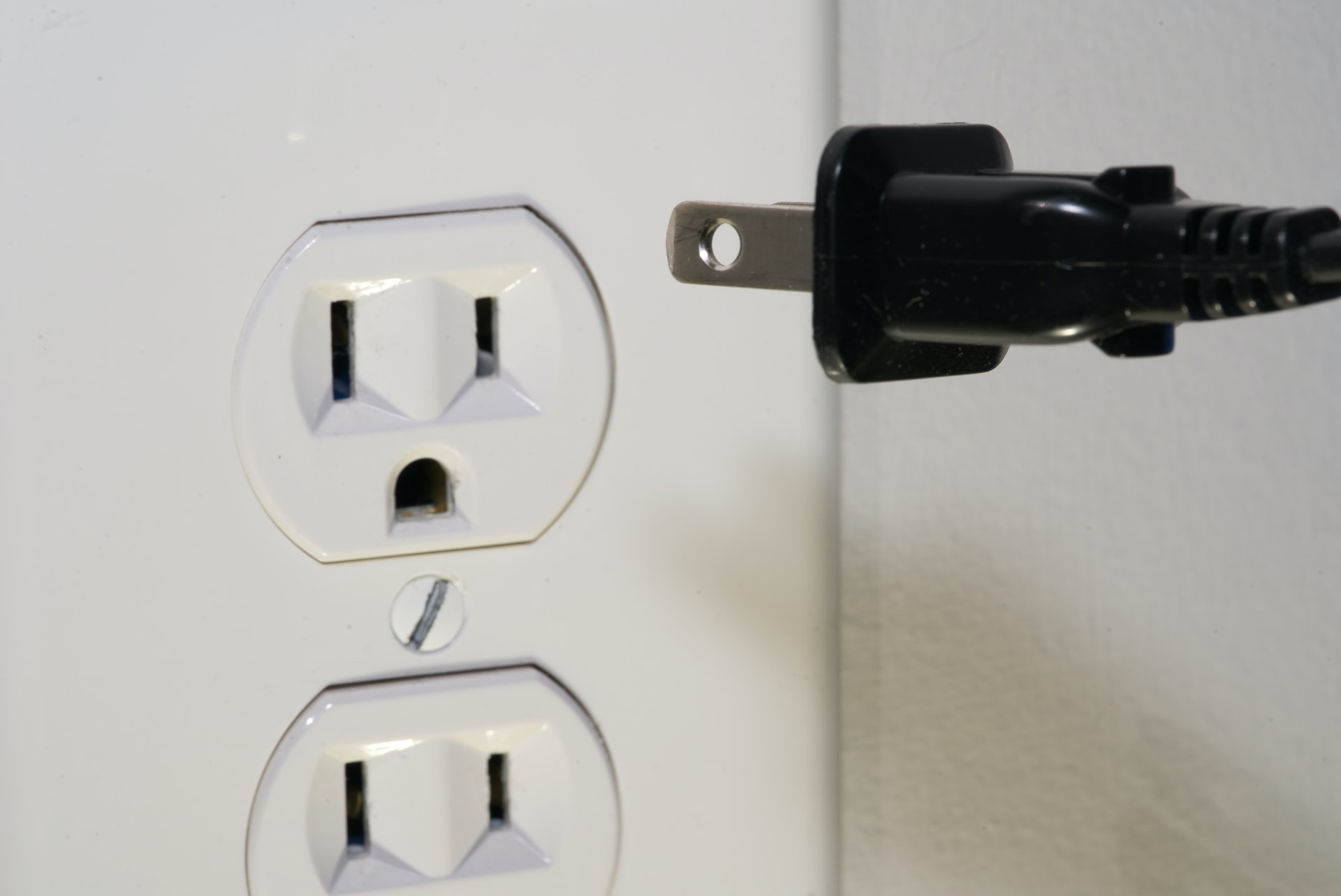
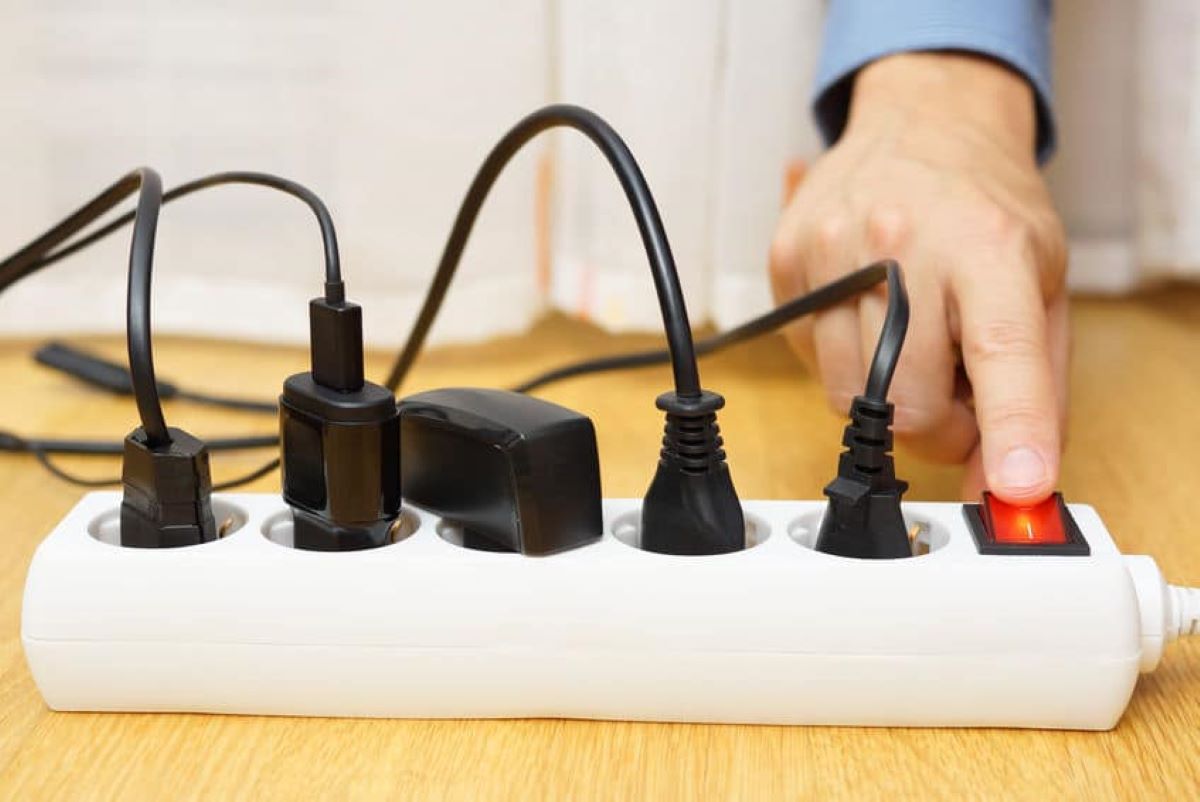
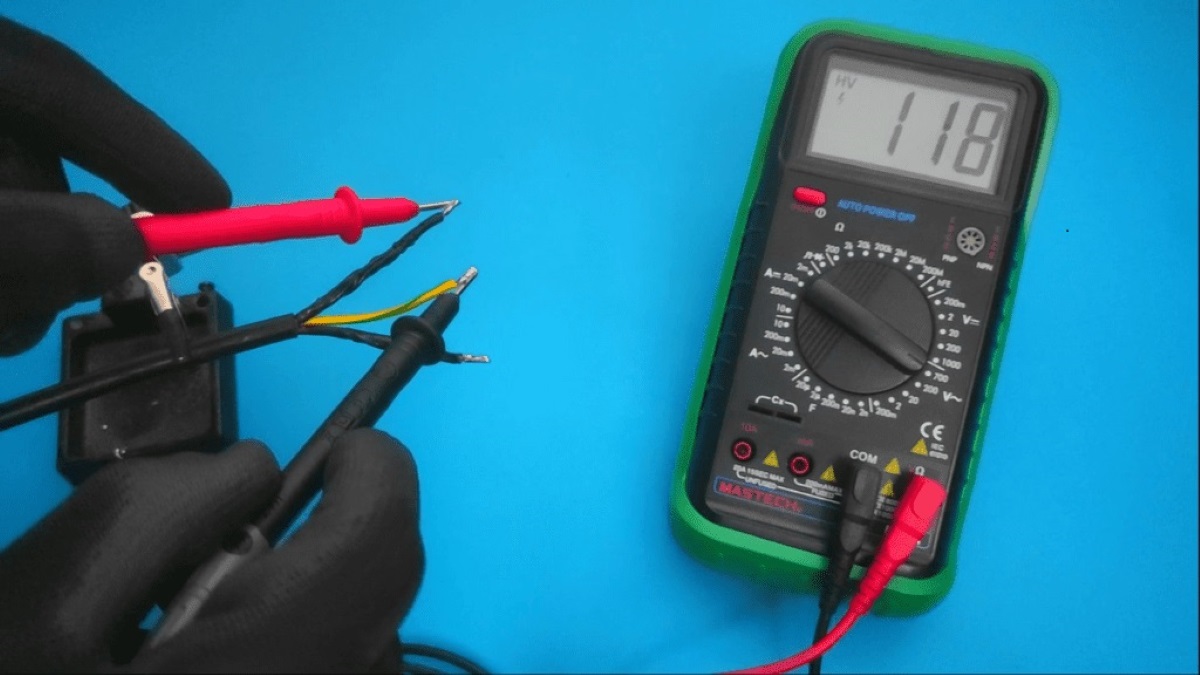
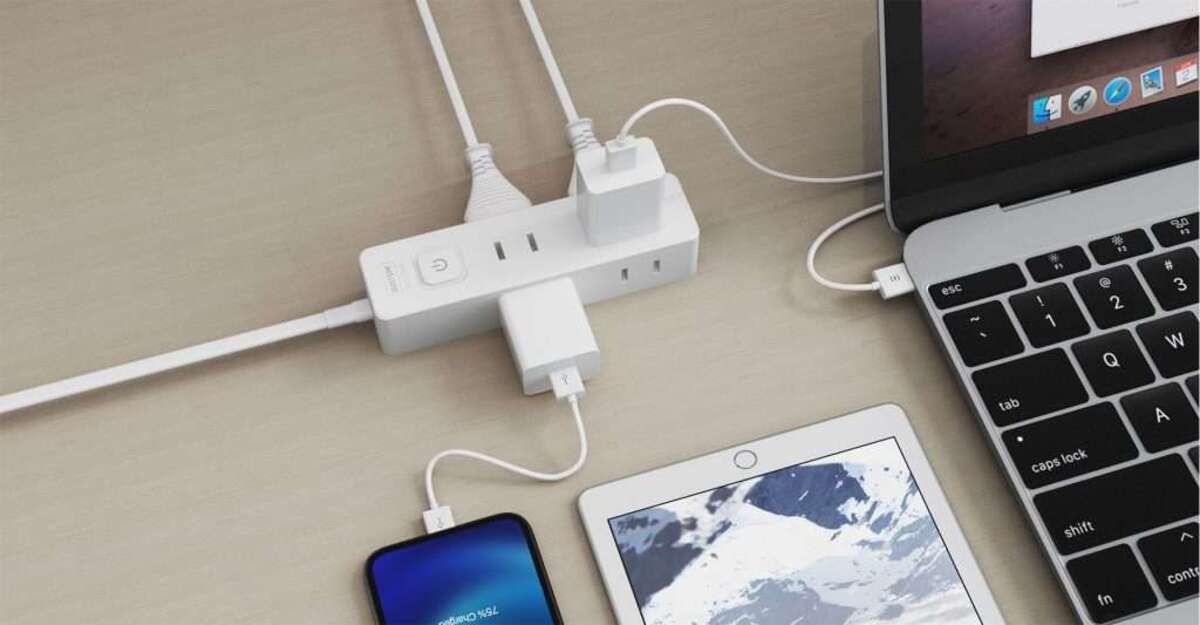
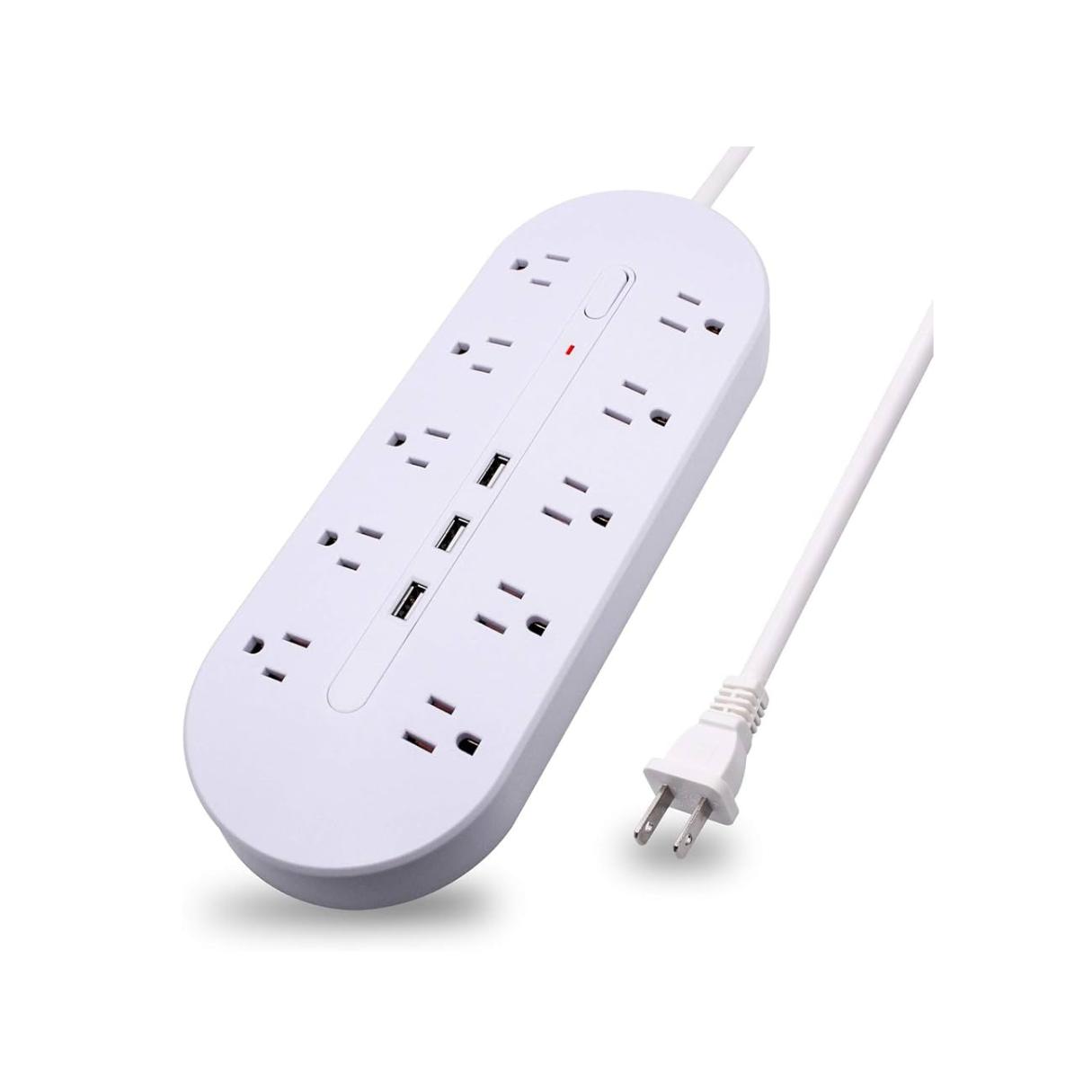
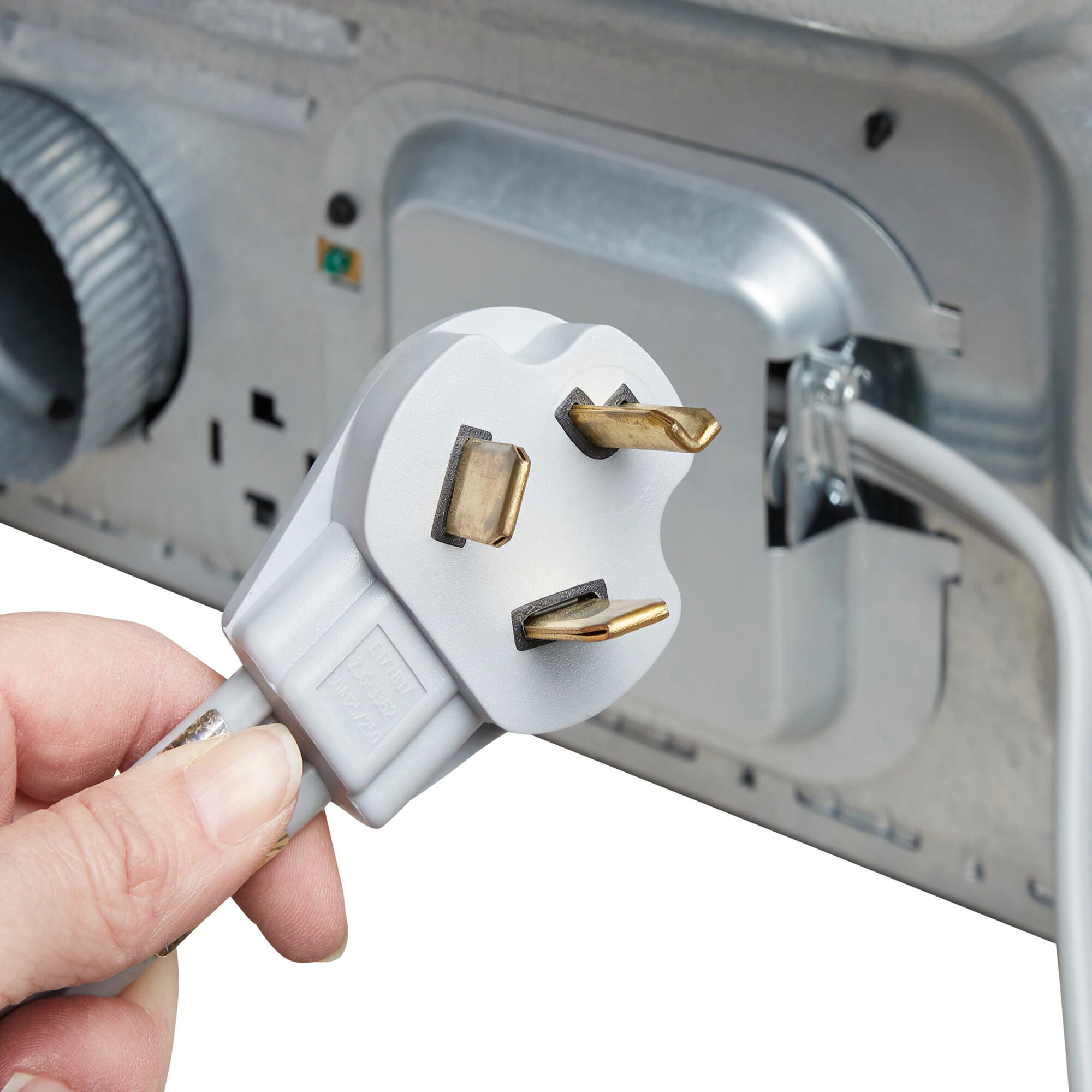
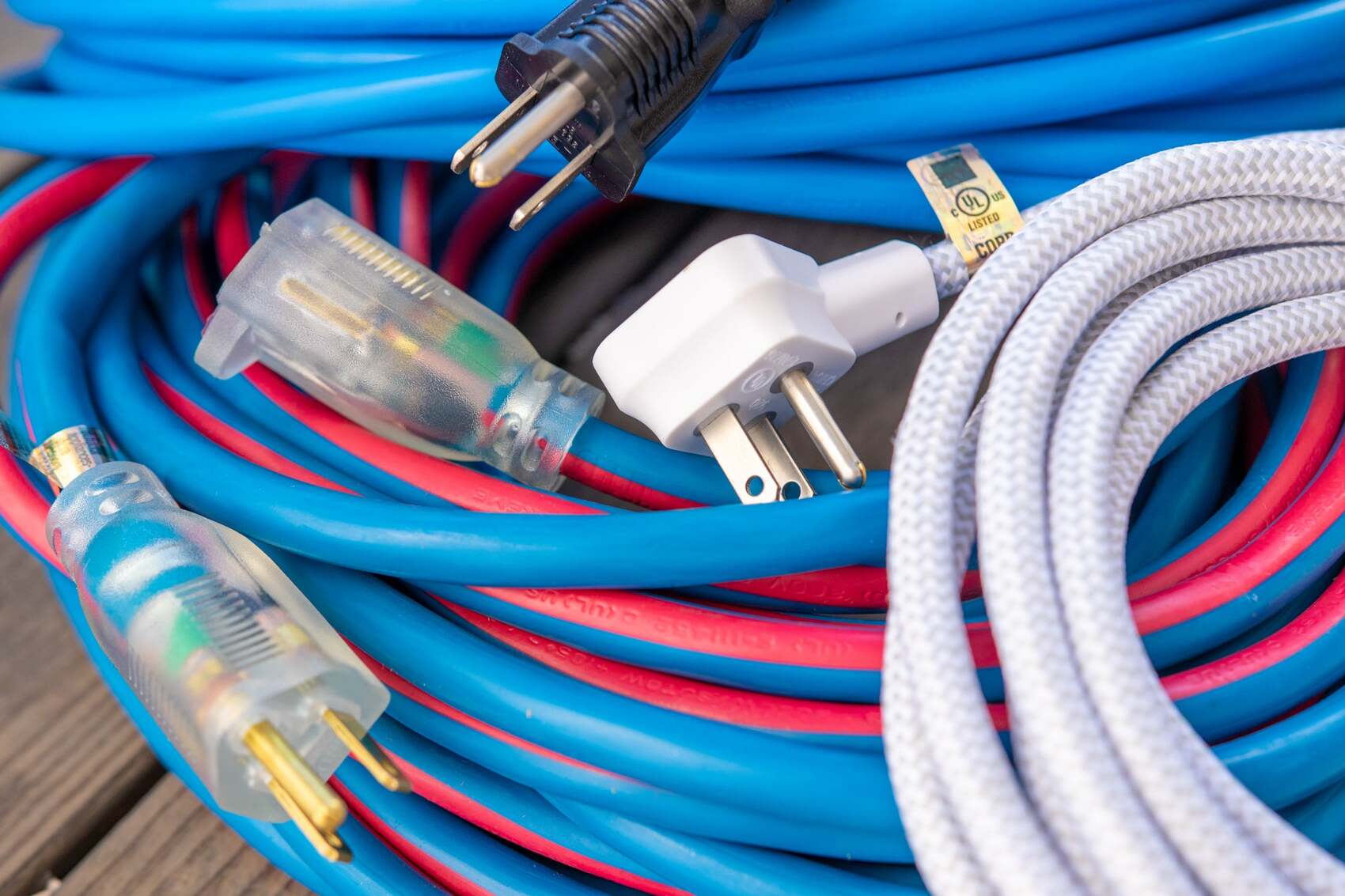
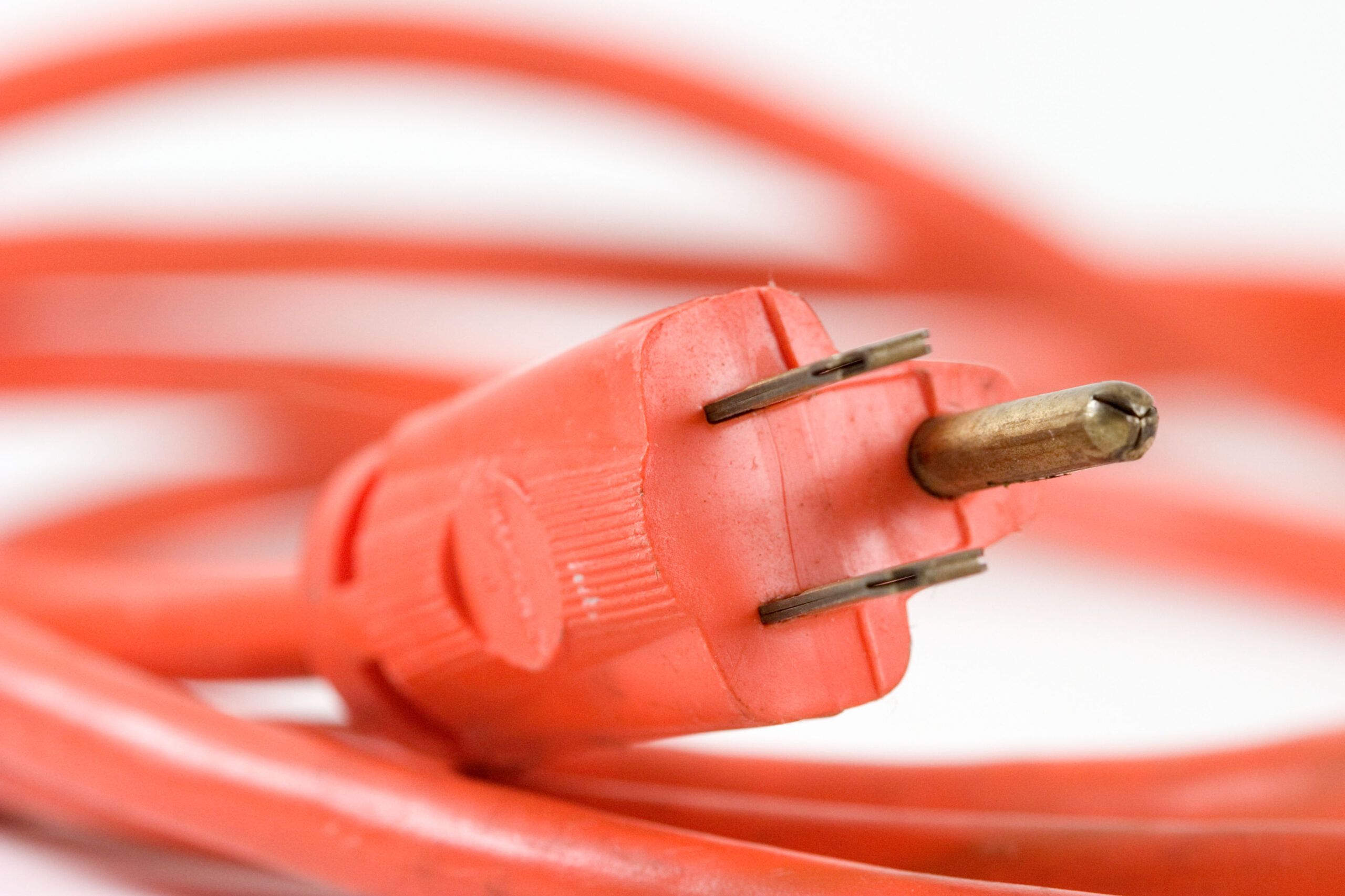
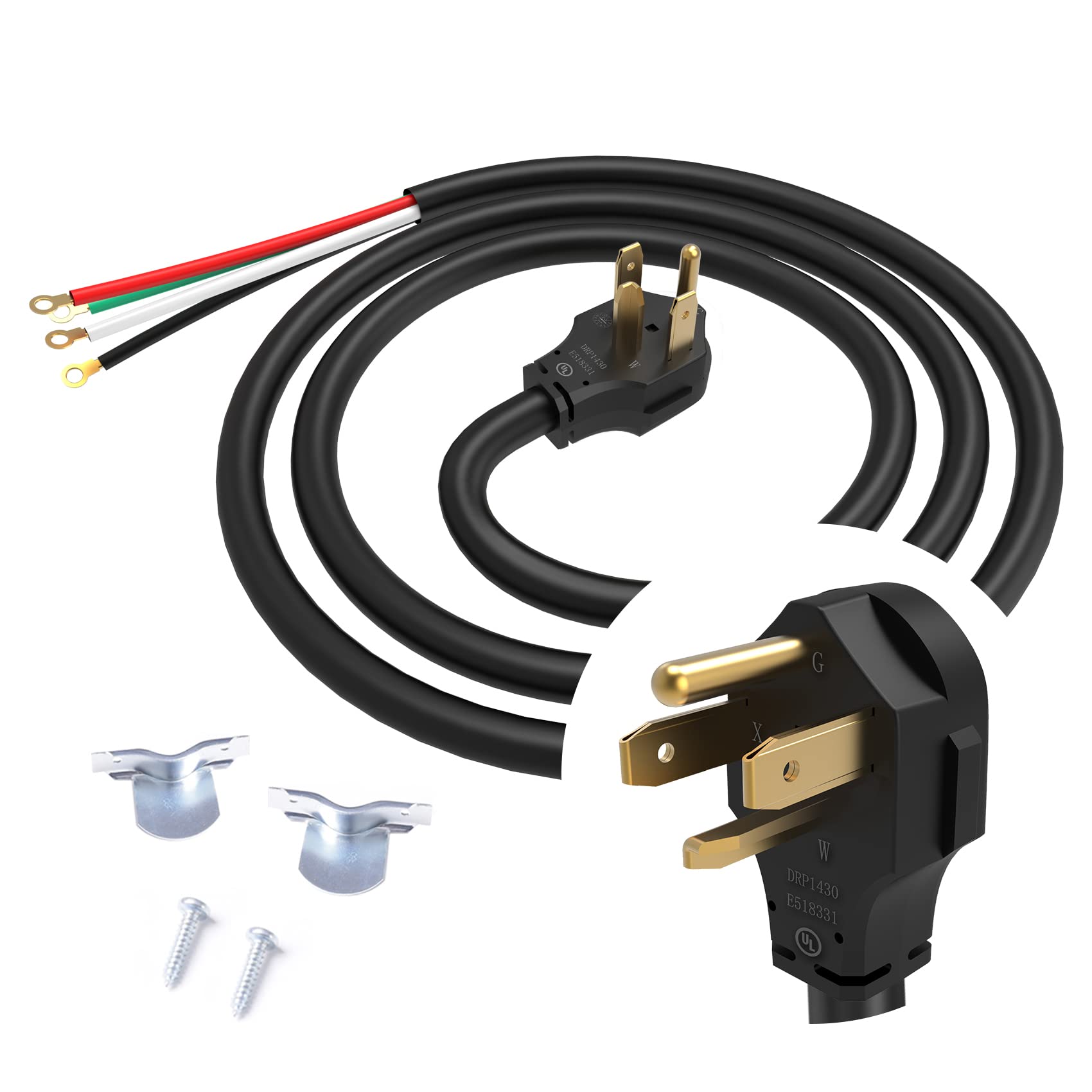

0 thoughts on “Hot Brass Screw vs Silver Screw In A 2 Prong Electrical Cord”